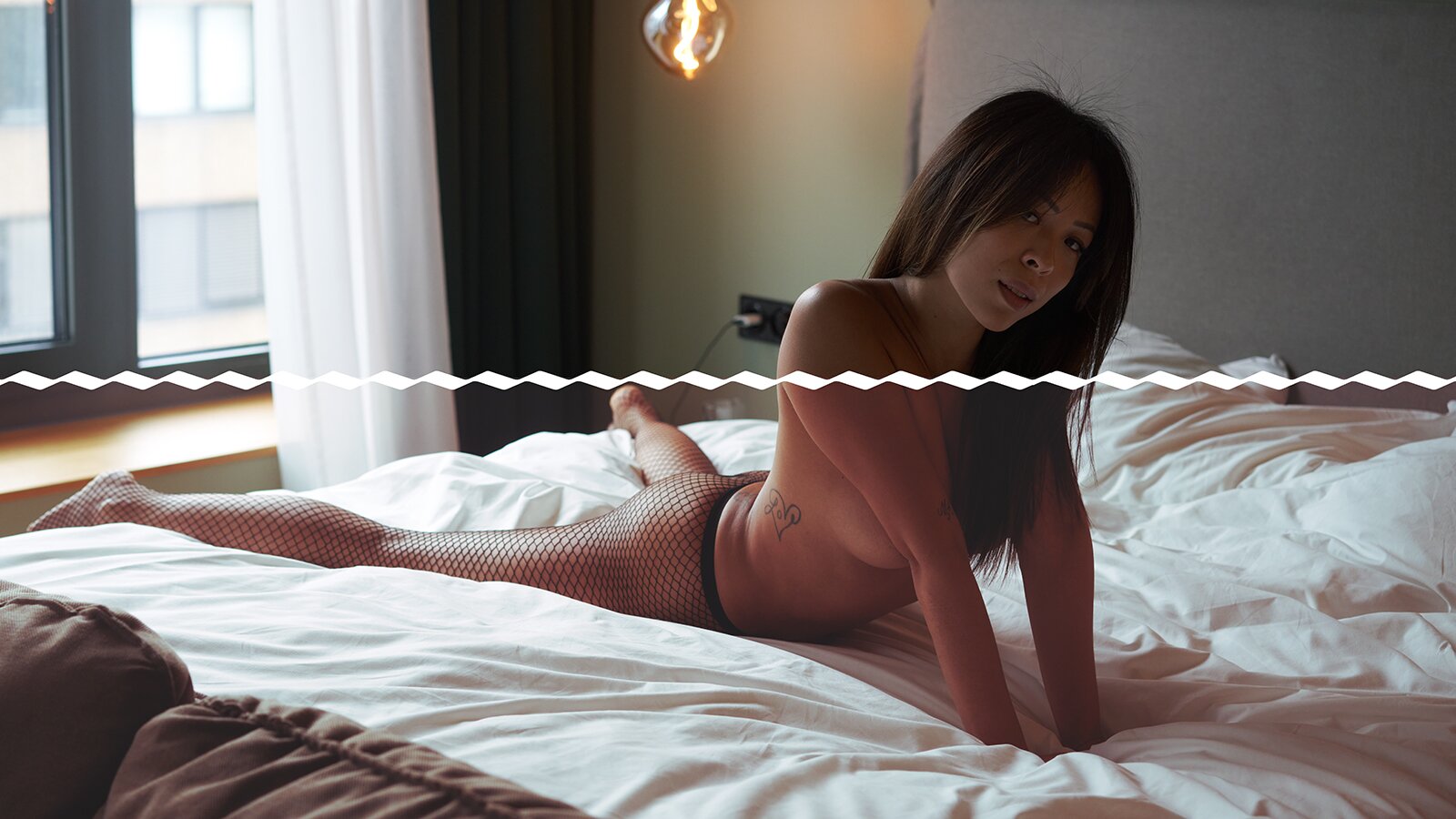In the future, AI will probably be used to automatically take care of color grading in image editing software. In smartphones, after all, the software already does this job. Whether this is good or not can be doubted. It is also a pity that all pictures will look the same.
I have noticed that I also arrive again and again at the same destinations when I color correct an image. Sometimes the shadows are greener, sometimes bluer, but the aesthetic feeling remains the same. Aesthetic sensation certainly has a subjective component, but it also has universal or society-based elements.
Years ago I worked with styles in Capture One (corresponding to presets in Lightroom). For a while I also tested the Camera RAW filters in Photoshop. But I liked the colors in cinema best. There are cinema movies that I have seen and fell in love with color grading in shock. I don't want to name any movies because it's really not a single movie and listing fifteen movie titles seems silly.
Long story short. I wanted colors like in the movies in my pictures. And these subtleties in color grading were best done for me in Photoshop. I worked with adjustments of Selective Color, Exposure, Hue/Saturation, Color Balance, Channel Mixer, Curves and Gradient Maps and applied them only to single light/dark areas. In each case only in nuances.
I then tested these layers on various images and modified them further until I had a kind of universal setting ready. Then I took an image with color values and copied my adjustment layers to it. From this image I generated a LUT table.
Since I wanted to vary the moods slightly, I developed five of such LUTs. Since 2019, I have been using them myself. And when Krolop & Gerst reported a few weeks ago that Panasonic had released a camera with integrated LUTs, I got the feeling that I could no longer keep my secret.
Sure, I could also readjust the colors for each series of images. But experience has simply shown that I end up adjusting a lot of sliders and probably need a whole hour to do it. By caking these slider settings into LUTs, I only need to click on a LUT and immediately see the result. If it's too strong, I reduce the opacity of the LUT layer. If it's too weak, I add another LUT layer or duplicate my LUT. This almost never happens, but it is possible.
I don't want to criticize presets or styles. They have a justification as well. But since I basically do my color fine-tuning myself in Photoshop, I just speed up my workflow tremendously by using LUTs.
